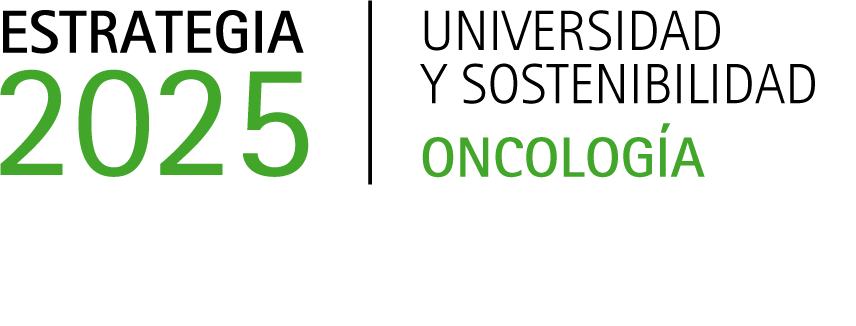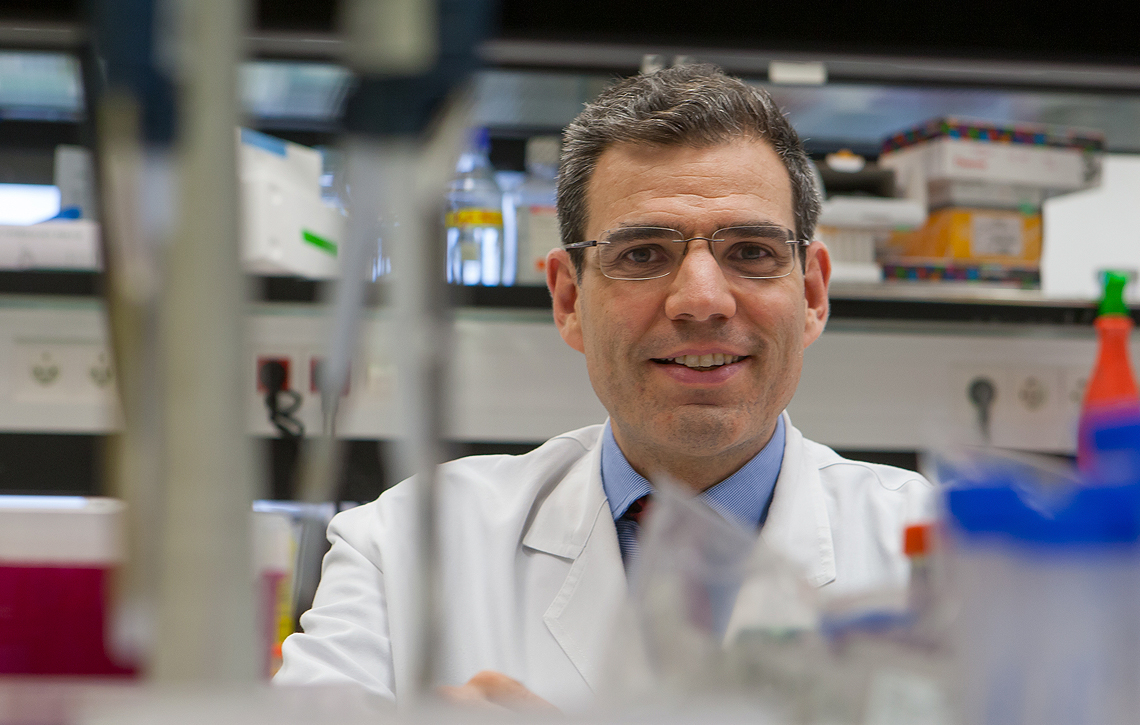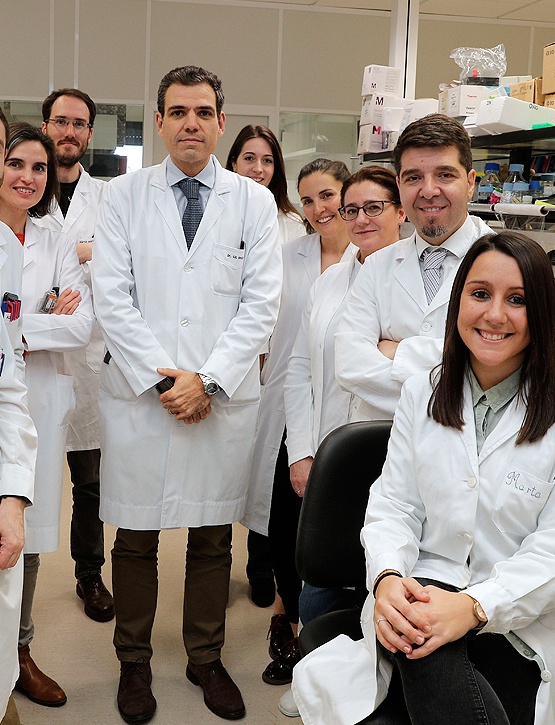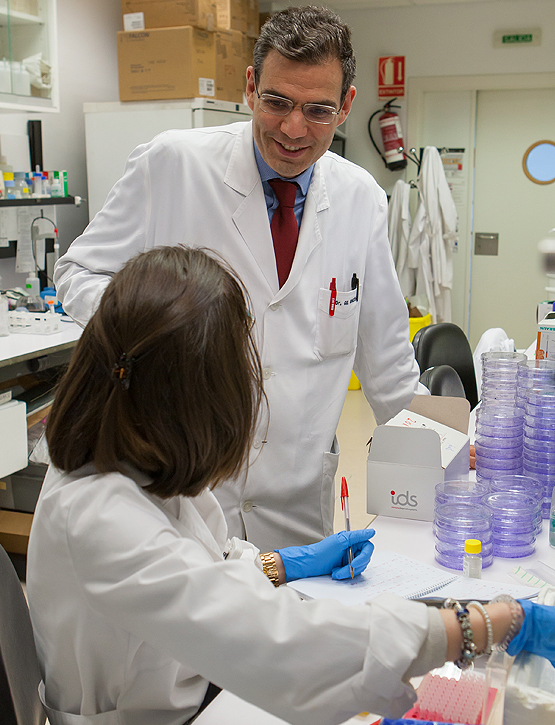source Having patients in front of us every day with diseases that, unfortunately, in many cases, we are still unable to cure is a great professional challenge and, at the same time, an enormous source of inspiration," says challenge . "This forces you to improve yourself and drives you to do everything else: to pass it on to the students at , and to try to set up research projects that respond to these unmet clinical needs. This forces you to improve yourself and leads you to everything else: to pass it on to the students at School, and to try to set up research projects that respond to these unresolved clinical needs, which can improve the quality of life of those patients you have just seen at enquiry", acknowledges Dr. Gil-Bazo. "What is behind everything we do in teaching, research and attendance is a person who has a suffering associated with a disease, incurable in many cases.That is what gives meaning to everything else.
A specialist in Medical Oncology, Ignacio Gil-Bazo is, since 2015, co-director of the department de Oncología and director of the department de Oncología Médica de la Clínica Universidad de Navarra. He also directs the laboratory on Predictive Response Markers of the Solid Tumours Programme at CIMA, with special interest in lung cancer, mechanisms of drug resistance, mechanisms of metastasis and immunotherapy.




